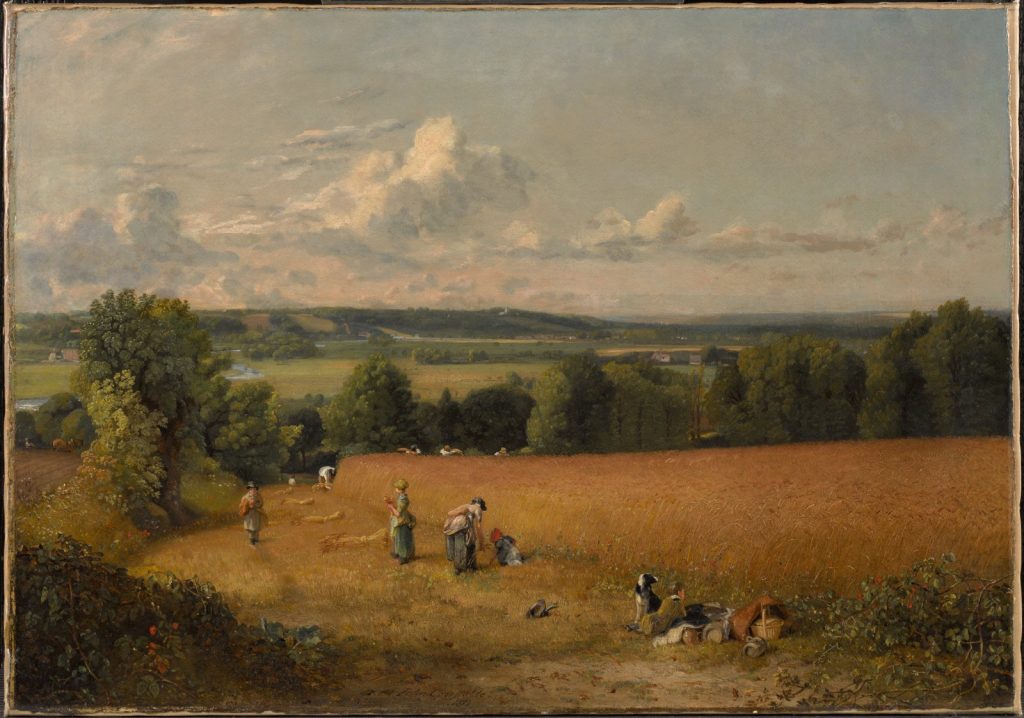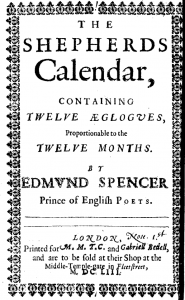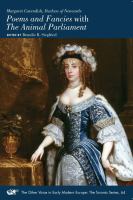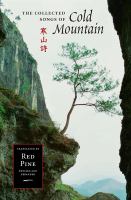Pastoral Poetry
The BC Libraries hope you can take a moment to celebrate the turning of the season towards spring by browsing a selection of pastoral poetry on display in the O’Neill Library lobby, and listening to a few audio samples available at the display via QR code or short link (such as Yeats reading “The Lake Isle of Innisfree.”)

The pastoral poem finds its roots in Hesiod’s Works and Days, celebrating the simple country lives and loves of shepherds in beautiful natural settings. Theocritus’ Idylls is most often cited as the earnest beginning, though it was Virgil’s Eclogues and Georgics that influenced later European poetry. The genre was revived in late medieval Italy, and then in 16th Century England by Spenser’s The Shepherds Calendar. What typifies these–and many contemporary & subsequent–works is the urban poet’s fascination with an idealized version of pure, rustic country life, often involving cycles of seasons in the natural and agricultural worlds, and loves or desires won and lost, and often employed as allegory or a vehicle for commentary on politics.
For Winters wrath beginnes to quell,
Edmund Spenser
And pleasant spring appeareth.
The grasse nowe ginnes to be refresht,
The Swallow peepes out of her nest,
And clowdie Welkin cleareth.
Though not directly related to this genealogy, the Indian saint-poets Mirabai, Surdas, and Jayadeva were writing pastoral-adjacent poems in the 12th-16th centuries in India about the lusty shepherd god Krishna and his amorous exploits with girl cowherds. These poems–still often sung as devotional songs in temples–evoke the sense of rural innocence typical of pastorals, and also often involve the cycles of seasons and love and longing.
The genre remained a staple of English lyric poetry through the mid-18th Century, with Alexander Pope, Robert Herrick, Margaret Cavendish, and John Milton adding their endeavors, among many others. For a comprehensive collection of English pastoral poems, see the open access book, Pastoral Poetry of the English Renaissance: An Anthology (ed. Sukanta Chaudhury). Percy Bysshe Shelley brought the genre into the 19th century with Adonais, an elegy to John Keats. Matthew Arnold commemorated his friend Arthur Clough in “Thyrsis,” and on the cusp of the 20th Century Gerard Manley Hopkins created his verbally dazzling lyrics about the natural world.
In the 20th and 21st centuries, many poets have experimented with pastoral themes. (The word appears in titles of many poems at poetryfoundation.org) Some have found inspiration by exploring similar poetry from elsewhere, such as Gary Snyder, who was deeply influenced by the Tang Dynasty poetry of Han Shan (aka Cold Mountain) and Du Fu. Langston Hughes, Hayden Carruth, David Budbill, Derek Walcott, Louise Erdrich, and Maxine Kumin, among others, have all explored what it means to represent real and complicated rural lives (or island life, in Walcott’s case).


